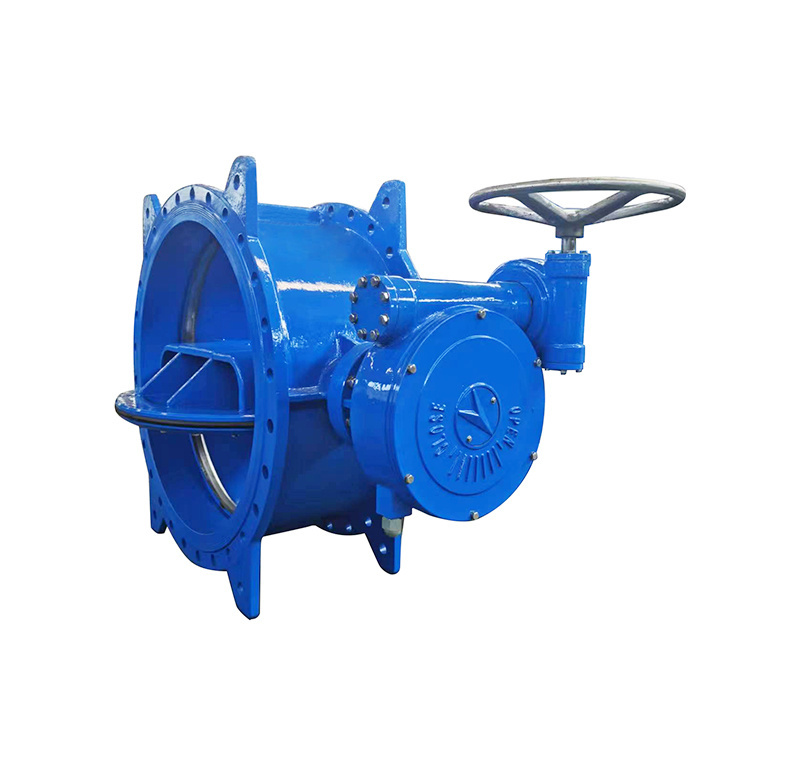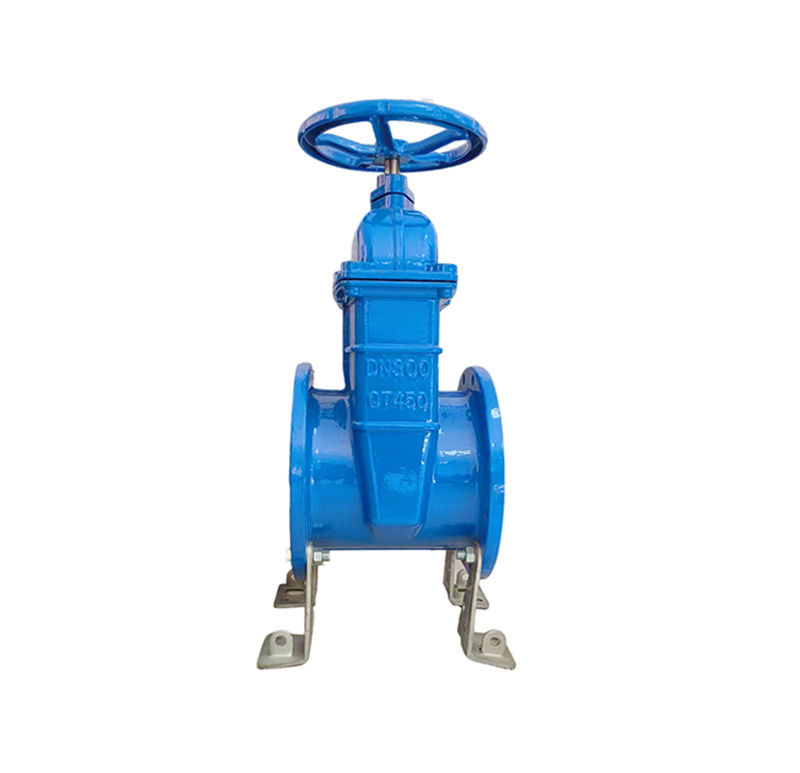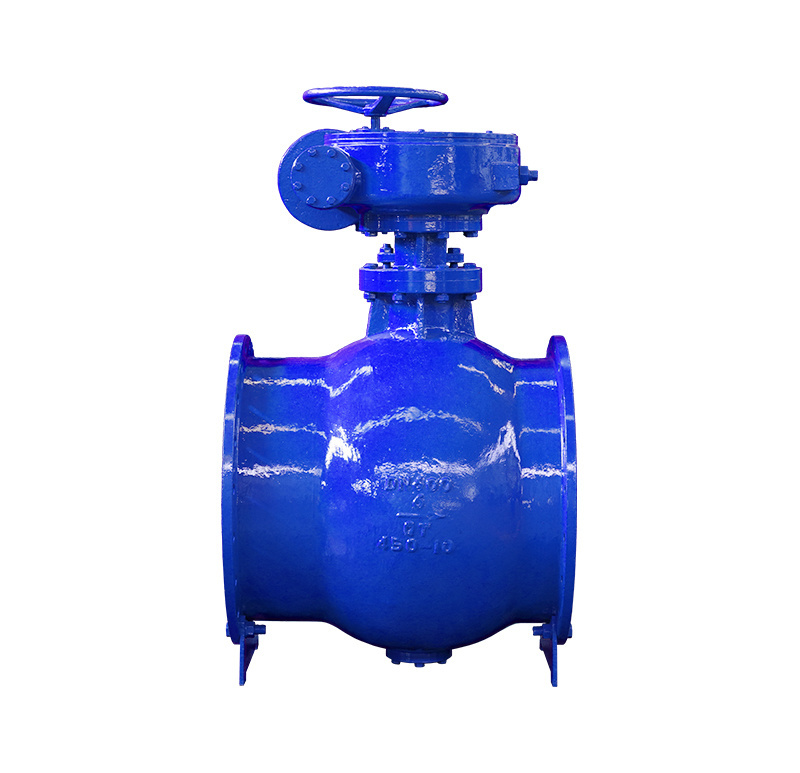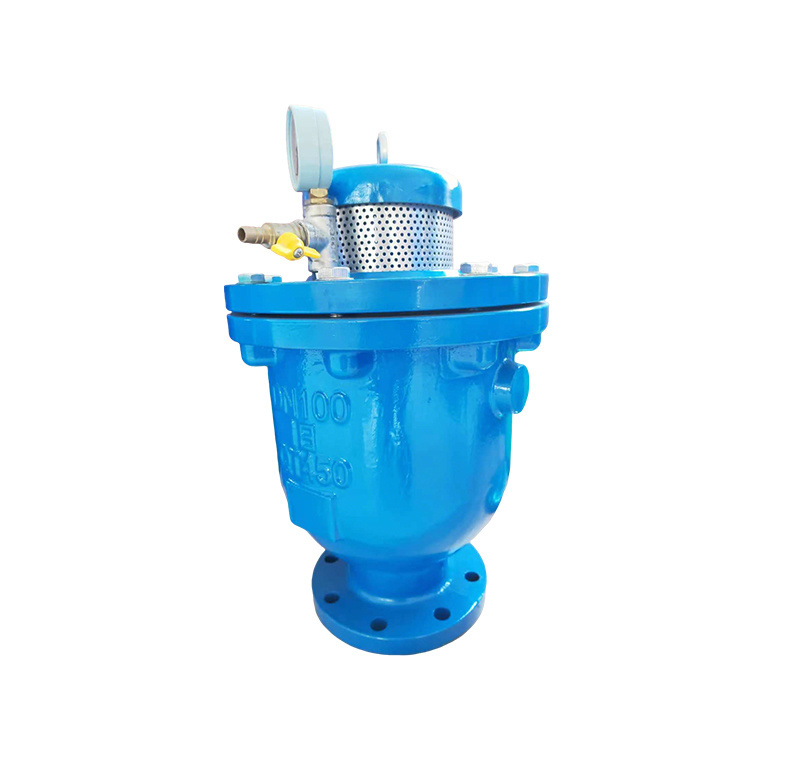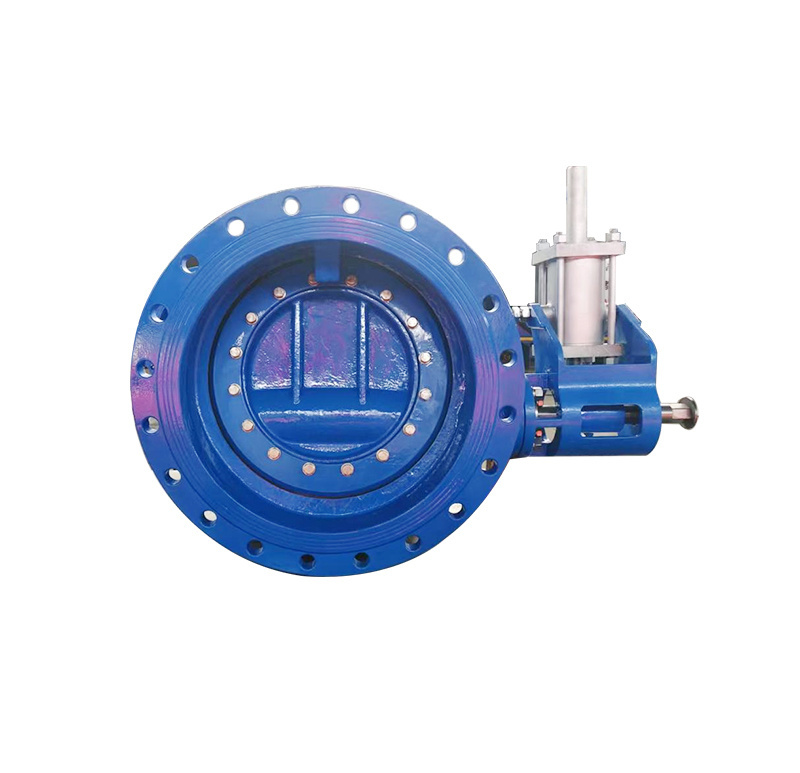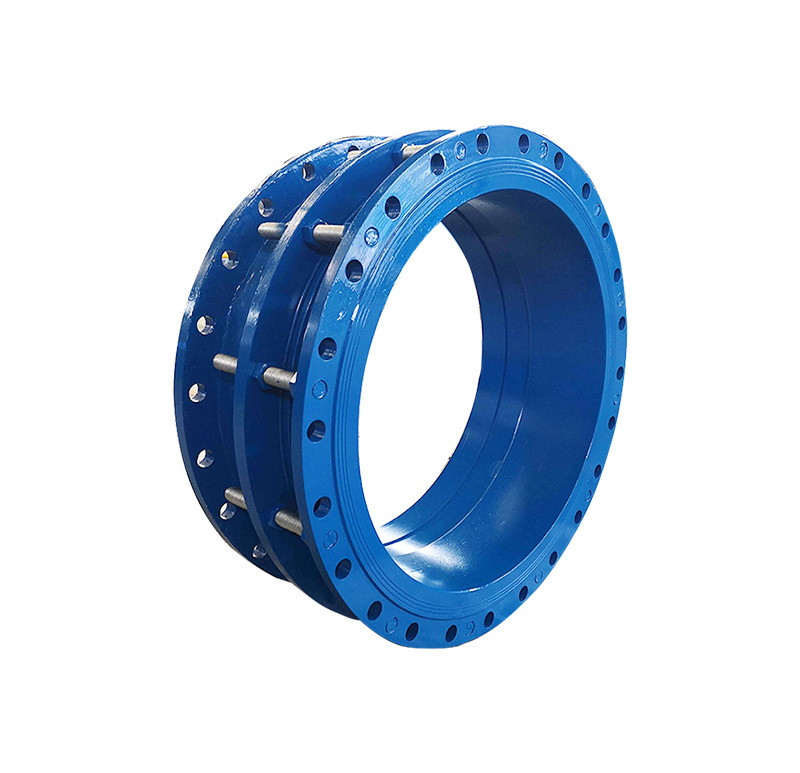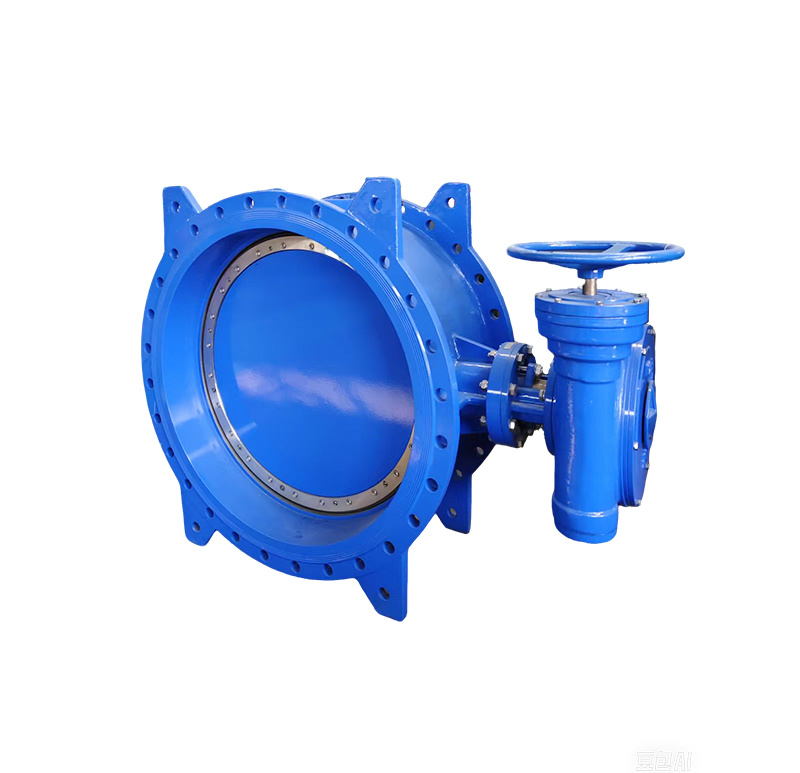Why Choosing the Right Durable Seawater Valve is Crucial for Your Operations
Introduction
In industries that rely on marine applications, effective management of seawater systems is crucial. One key component in these systems is the seawater valve. The seawater valve plays a pivotal role in controlling the flow of seawater for various operations, including cooling systems, ballast systems, and more. The importance of choosing the right durable seawater valve cannot be over
Introduction
In industries that rely on marine applications, effective management of seawater systems is crucial. One key component in these systems is the seawater valve. The seawater valve plays a pivotal role in controlling the flow of seawater for various operations, including cooling systems, ballast systems, and more. The importance of choosing the right durable seawater valve cannot be overstated, as it directly impacts operational efficiency, maintenance costs, and equipment longevity.
Understanding Seawater Valves and Their Functions
Seawater valves are specifically designed to withstand the corrosive nature of seawater environments. They help regulate the flow of seawater throughout different systems, ensuring that operations run smoothly. There are several types of valves used in seawater applications, including:
Types of Seawater Valves
- **Gate Valves**: Ideal for on/off control, gate valves provide minimal flow resistance when fully open. They are commonly used in applications that require a straight-line flow.
- **Ball Valves**: Known for their durability and reliability, ball valves offer quick shut-off capabilities and are often utilized in high-pressure environments.
- **Check Valves**: These valves prevent backflow, ensuring that seawater only flows in one direction. They are essential for maintaining system integrity.
- **Butterfly Valves**: Used for throttling and on/off control, butterfly valves are lightweight and compact, making them suitable for various seawater systems.
Key Functions of Seawater Valves
Seawater valves serve several key functions, including:
1. **Flow Regulation**: Controlling the volume and pressure of seawater in a system.
2. **Backflow Prevention**: Preventing seawater from flowing back into the system and causing damage.
3. **System Isolation**: Allowing for maintenance and repairs by shutting off flow in specific sections of the system.
4. **Pressure Maintenance**: Ensuring that the system operates within safe pressure limits.
The Importance of Durability in Seawater Valves
Choosing a durable seawater valve is critical due to the harsh conditions these valves face. Factors that contribute to a valve's durability include:
Corrosion Resistance
Seawater is highly corrosive, and selecting a valve made from materials with excellent corrosion resistance, such as titanium or specially coated stainless steel, is essential. This selection helps prevent premature failure and costly repairs.
Temperature Tolerance
Seawater temperatures can vary significantly, and a valve that can withstand extreme temperatures helps ensure reliable operation in diverse environments.
Pressure Rating
Each seawater application has specific pressure requirements. Selecting a valve with an appropriate pressure rating prevents malfunctions and ensures safe operation, particularly in high-pressure systems.
How to Choose the Right Seawater Valve for Your Needs
When choosing a seawater valve, several factors should be considered to ensure optimal performance and longevity.
Assessing Your Operational Requirements
Identify the specific needs of your operation, including the type of seawater system you are using and the intended application. This assessment helps narrow down your options and ensures you select a valve that meets your operational demands.
Material Selection
Choose a valve made from materials suitable for seawater applications. Options like plastic, bronze, and stainless steel are common, but the best choice will depend on your specific environment and requirements.
Size and Compatibility
Ensure the valve is compatible with existing piping and fittings. Proper sizing is crucial for maintaining efficient flow and avoiding pressure drops in the system.
Consulting with Experts
If you're unsure about the best valve for your application, consulting with industry experts can provide valuable insights. They can help you navigate the myriad of options available and ensure you make an informed decision.
The Cost of Not Choosing the Right Seawater Valve
Failure to select the appropriate durable seawater valve can lead to various issues, including:
Increased Maintenance Costs
Using a valve that is not suited for seawater applications can result in frequent breakdowns, leading to increased maintenance and replacement costs. Over time, these expenses can add up significantly.
Operational Downtime
When valves fail, operations can come to a halt. This downtime not only affects productivity but can also lead to financial losses.
Safety Risks
Inadequate valves can pose safety risks, especially in high-pressure systems. A malfunctioning valve can lead to leaks or bursts, endangering personnel and damaging equipment.
Best Practices for Maintaining Seawater Valves
Once you have selected the right seawater valve, implementing a maintenance routine is essential to ensure long-term performance.
Regular Inspections
Conduct routine inspections to check for signs of wear, corrosion, or leaks. Early detection of potential issues can prevent costly repairs and extend the valve's lifespan.
Cleaning and Maintenance
Regularly clean the valve and surrounding areas to prevent the accumulation of debris and marine growth. This maintenance practice helps ensure smooth operation and prevents blockages.
Lubrication
If applicable, ensure that moving parts are adequately lubricated according to the manufacturer’s recommendations. Proper lubrication reduces friction and wear, enhancing the valve’s performance.
Conclusion
Choosing the right durable seawater valve is a critical decision that can significantly impact your operations. By understanding the various types of seawater valves, their functions, and the importance of durability, you can make informed choices that enhance efficiency and reduce costs. Regular maintenance and consultation with industry experts can further ensure that your valve operates optimally in the challenging marine environment. With the right seawater valve, you can safeguard your operations and achieve long-lasting success.
FAQs
1. What materials are best for seawater valves?
The best materials for seawater valves include stainless steel, plastic, and bronze, which offer excellent corrosion resistance.
2. How often should seawater valves be inspected?
Seawater valves should be inspected regularly, ideally every few months or as part of routine maintenance schedules.
3. What is the purpose of a check valve in a seawater system?
A check valve prevents backflow, ensuring that seawater flows in one direction and maintains system integrity.
4. Can I use standard valves for seawater applications?
No, standard valves may not withstand the corrosive nature of seawater, leading to premature failure and costly repairs.
5. How can I tell if my seawater valve is failing?
Signs of a failing seawater valve include leaks, unusual noises, and difficulty in opening or closing the valve. Regular inspections can help identify these issues early.









